Can OneDrive and SharePoint replace my file server? Probably, with Files On-Demand.
The real answer to this question is: it depends. But the shorter version is: probably. You’ll just want to enable Files On-Demand first.*
OneDrive has been great for personal files for a long time–I usually recommend clients start by replacing redirected “Documents” folders with OneDrive for Business. The problem with SharePoint, however, is that it is not a 1-for-1 experience shift compared with the traditional on-premises file server, when it comes to “company-wide” shares. Most often, you would have been accessing your SharePoint files via web browser, and not everyone liked that…. I believe the official results were: 99 percent reported absolutely hating it, the remaining 1 percent said it was “fine” and that they “could probably learn to live with it.”
Just give me a full view from File explorer, similar to my old mapped drives… why is Microsoft such a Charlie Foxtrot?!!
That’s all we wanted. File explorer has long been the “home” of our files.
We almost got it a couple of years ago. Office 365 has been improving their offerings little by little. At some point in the development process, you could even sync SharePoint libraries to your workstation using the OneDrive app, but it was annoying, and often didn’t work well. You could choose individual files & folders to sync, leaving others in the cloud (but then you couldn’t see them, without going to the web). So it still wasn’t great, unless you were willing to sync everything (a terrible idea).
But now, with the new “Files On-Demand” feature, everything seems to be working seamlessly: you can see all the files and folders in the library, including those which are not synced to the local computer. Those which are still in the cloud will display a blue cloud icon, whereas synced files will be indicated with a green icon. See screenshot below:
Furthermore, you can toggle which ones are synced or not, by right-clicking and choosing either Always keep on this device (sync) or Free up space (cloud).
Enabling Files On-Demand
To enable this selective syncing on your OneDrive client, right-click the OneDrive icon in the system tray (by the clock). Choose Settings.
From the Settings tab, under Files On-Demand, choose the check mark box for Save space and download files as you use them. Click OK.
Then, add your SharePoint libraries by visiting them in a web browser, and clicking on Sync. Just follow prompts to allow OneDrive to open and do it’s magic.
The result is, your Libraries will sync under your Organization’s name in File Explorer, similar to how your personal files sync using the OneDrive app.
Finally! We have a workable solution for replacing the traditional file server experience, with something intuitive that plugs into the same old familiar File explorer. I have been asking for this feature since 2014. Happy to report that my testing over the past couple of months has been nothing but positive. Oh, and if you are looking for a way to accomplish this with Group Policy, here it is.
*Note: you still shouldn’t be syncing Access database files (or any database files for that matter), or PST / archive files from Outlook. Still, the vast majority of day-to-day documents are going to be okay, and with 1 TB of storage per user (or per site collection in SharePoint), many small businesses will find this plenty adequate for their needs. There are some other restrictions, but nothing that holds most organizations back too much (character limits, buying more storage, etc.)

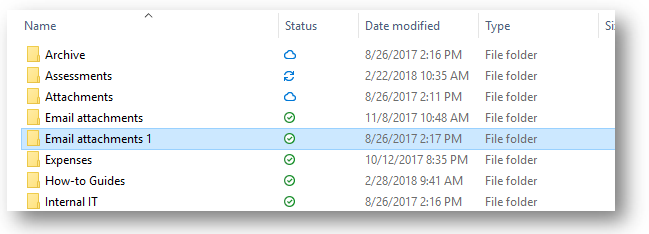
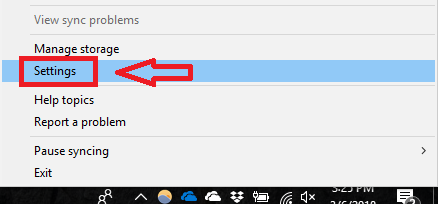
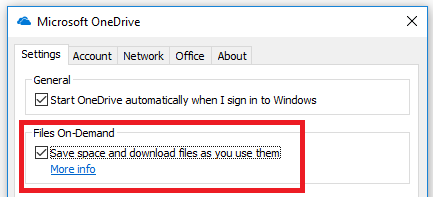
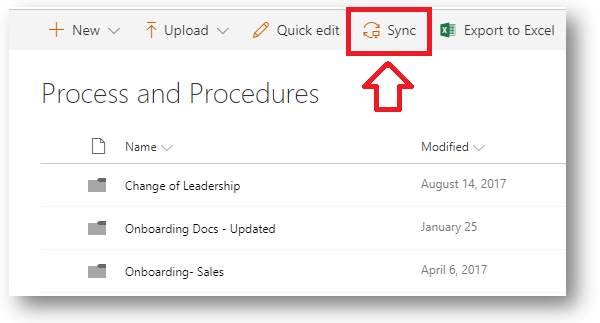
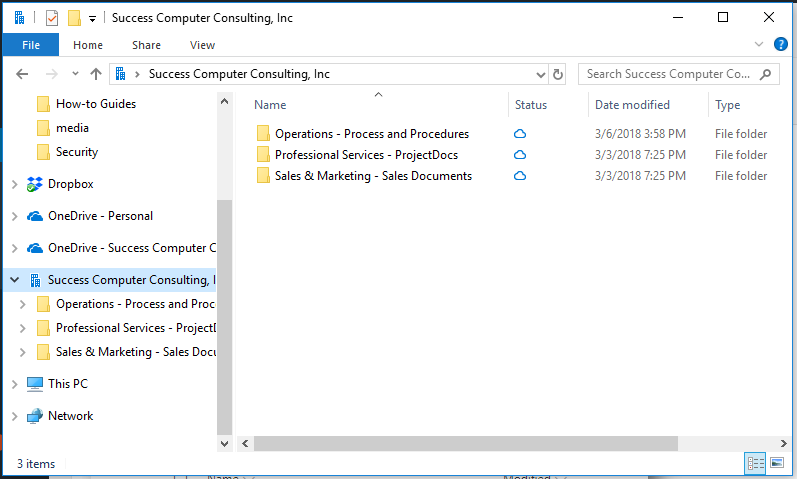

Comments (18)
Hi Alex,
What tool do you use to migrate File Share content to SharePoint?
Do you think the new OneDrive client, installed on (say) the file server, is a viable tool to migrate content to SharePoint?
No, instead you would use the new SharePoint migration tool (V2).
Great article – are users ok with still not seeing their ‘mapped’ drive letter though?
Thanks!
Chris
I think so, at least, I haven’t heard complaints–most people just like the fact that they can get into their files anywhere and it is always the same experience, without VPN or anything like that.
Can you use this on a existing Windows file server? We would like to have a hybrid type scenario
This is a cloud-only solution. What do you need the server for? If you REALLY need an on-prem file server, look at Azure File Sync: https://docs.microsoft.com/en-us/azure/storage/files/storage-sync-files-deployment-guide?tabs=azure-portal
This article should be made part of the Microsoft documentation on OneDrive and Sharepoint. This was exactly the challenge I had getting to a point that users could feel comfortable using OneDrive instead of mapped DropBox drives. “When I click the paperclip in my email to attach a file, how do I browse to the file I need?”
I have a related question: When I use the Sharepoint Migration Tool, which storage quota is the space used from? I mean, each Office 365 user has 1TB, so are the shared files all allocated across the total licensed space?
Finally, how do you know when it’s safe to drop the DropBox licenses?
Hey Rick, so the answer is no–that 1 TB per user is actually 5 TB, as long as there are more than 5x accounts in the tenant. But it is storage allocated to each individual. The “shared” storage you get is 1 TB + 10 GB per licensed user (so another TB for every 100 users). That’s for SharePoint locations that are accessible to the whole company. You can ditch DropBox once you no longer rely on it for sharing data.
Are what you’ve created on the last example screenshot subsites?
I’m trying to figure out the best way to have a folder structure that doesnt result in all folders starting with Company Name – Library Name. The naming structure of Sharepoint/OneDriveForBusiness annoys me to no end.
It’s actually the name of the site followed by the library name, I believe. So if your site is just named for the company I think you would end up with Company name – Library name, but if the site is called “Sales” or “Ops” that would be the leading name.
Note you can also sync at any folder level, so if you were to build a Team in Teams you can sync an individual channel, and that will look different than syncing a “top level” document library.
Any regrets over the last couple of years? I to am in a situation that I want to shoot an old file server. Onedrive seems ideal. Lots of “home directory” crap. Maybe couple hundred GB of “shared” drive space.
No qualms with OneDrive and Teams/SPO. Just be mindful of not going super “deep” with your folders. 2-3 levels tops.
Hi Alex
Great article ? thanks. I’ve done a few fileserver migrations to SharePoint and used OneDrive sync as a solution to map drives to users workstations. The SharePpoint structure was flat and every top level folder was organised with its own o365 group. My only complaint is – even with file on demand switched on users reported OneDrive is very very slow when logging in. In task manager It uses most of the workstations compute power to fetch and sync any check any for all folders and files in all teams site. In the end I had to stop Onedrive sync and use Teams instead. Do you know what I did wrong or have any specific settings I could use, after all its nice to give users that familiar mapped drive environment that they are use to with a fileserver?
Hm, I have not had this experience. However, one thing to note is that there are limitations to the sync client. So you should not sync every single file/folder out there. It is limited to around 300K objects (files + folders) before it starts to get wonky, and that can include slowness and other issues. The limitation is actually based on a .DAT file that is in the app data area–it can only grow to 2GB (it contains metadata about the objects that it is responsible for syncing). Kind of a dumb thing that I hope they are able to overcome. But think of the file explorer in general as legacy–the sync option is there as a bridge to the future, but the best experience is web/mobile/native apps. Use for maybe the most common/active locations only.
Hi,
I routinely see customer’s file server shares with folders nesting many layers deep. With the SharePoint/OneDrive limitations and best practices how do you suggest re-organizing the data before moving it to a SharePoint site/document libraries? 2-3 folders deep seems like it may be difficult.
Thanks
Sure, that is a decision best made by organization but in general as I lead them through the project I just suggest creating the new Teams and sites they want to have (like blank slate), and then you allow them to move data into the new structure with the recommended guidelines. At a certain date, you would kill access to source shares (you would also have a period where there is “read-only” access on source share, so they have to start moving to cloud). Anyway, it’s like they get to start over on a blank canvass and I discourage trying to bring the past structure along in any way (exception maybe being the archive stuff, which never changes).
Thanks for the great article! Have you encountered a scenario where a user’s OneDrive “for Business”, of course) software on their PC stopped synchronizing (due to a glitch….whatever), and the user doesn’t know / realize, and then months go by without those files synchronizing, until the problem is discovered? I ask because there seems to be *no* centralized alerting for such OneDrive-being-disconnected scenarios. Maybe OneDrive has *never* glitched for your users, at least not that you are aware of? Thanks again!!
There have certainly been cases of this, yes. It is possible, if you have an RMM tool, to monitor the OneDrive events, and be able to get some feedback that way, but nothing built into the client at this time.